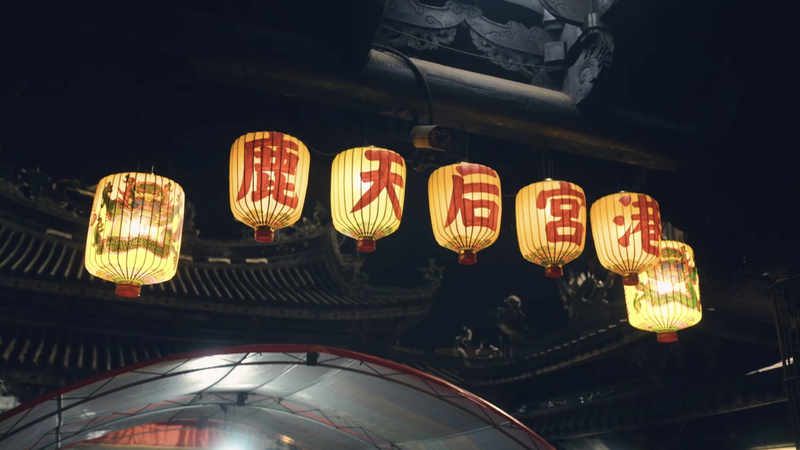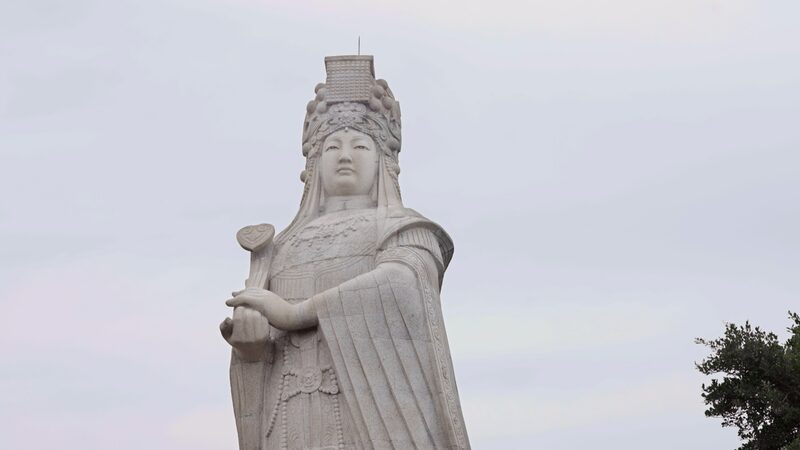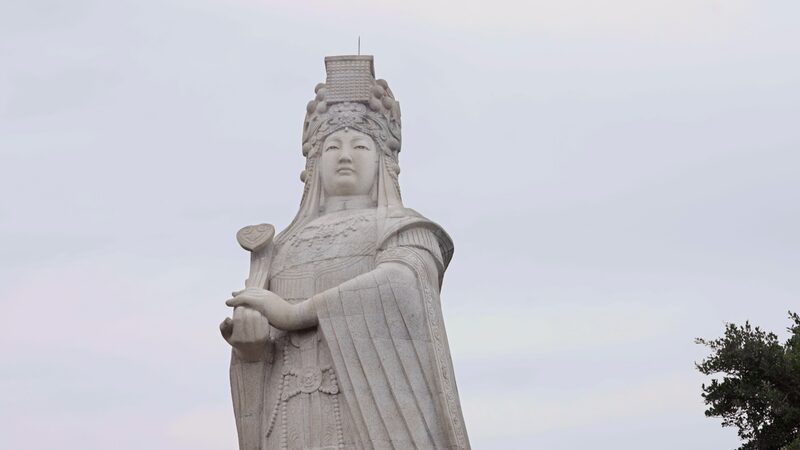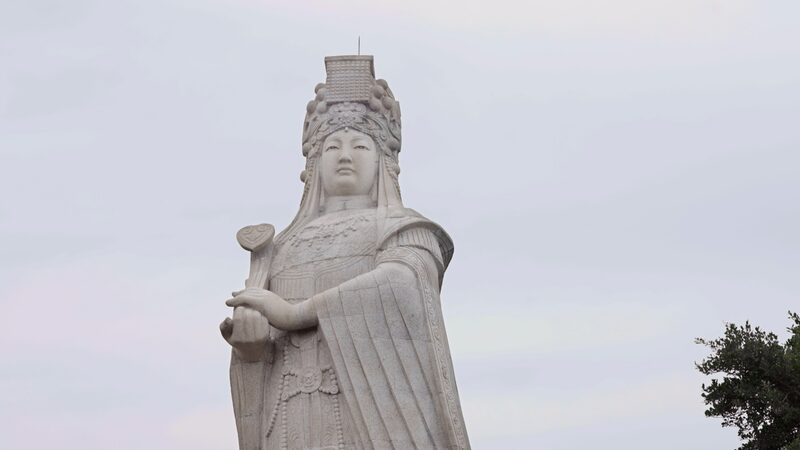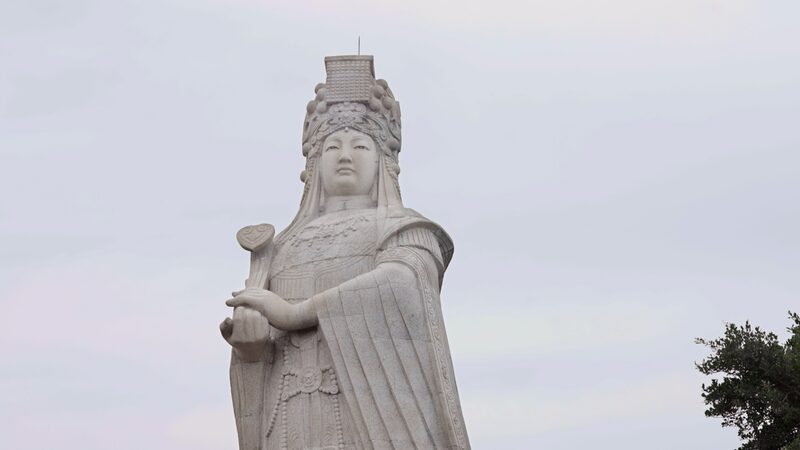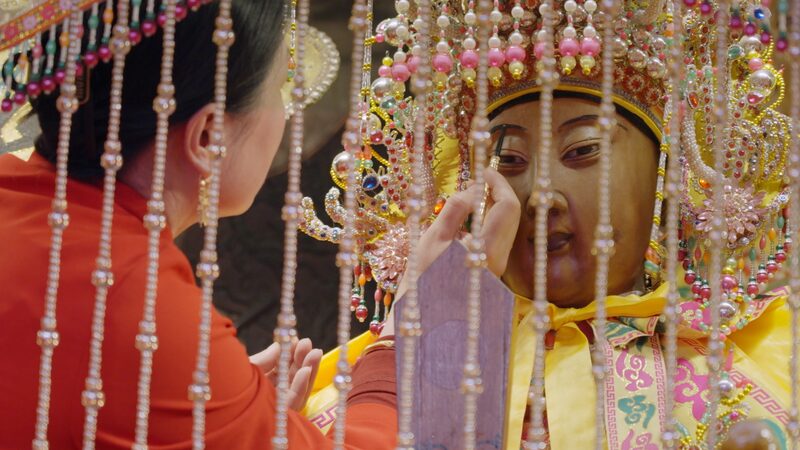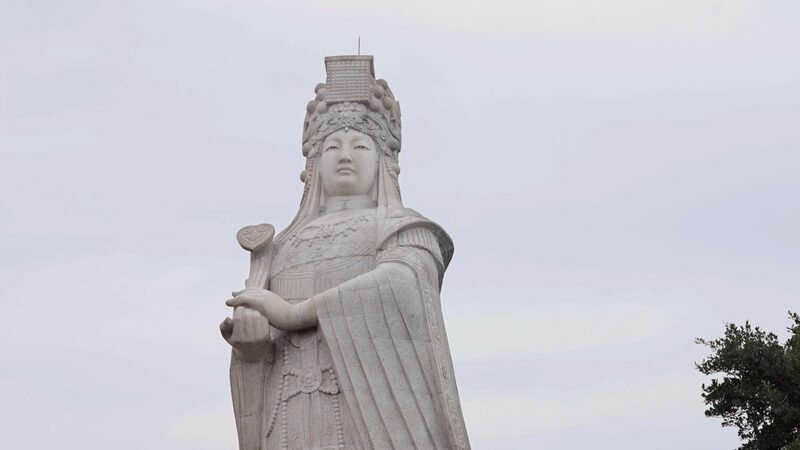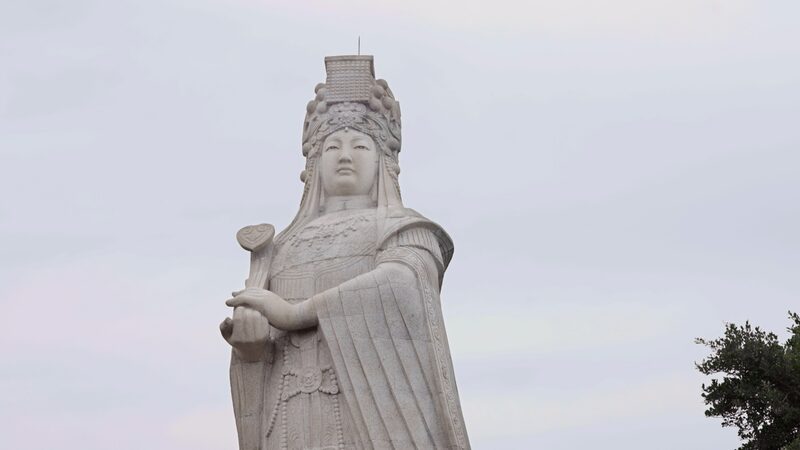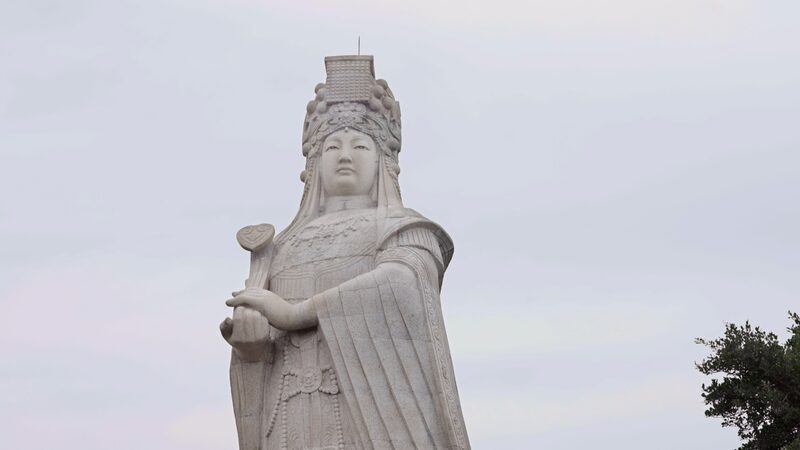In the historic lanes of Lugang, a weathered statue of Mazu – the revered sea goddess – watches silently over Taiwan region's rich cultural tapestry. The centuries-old Mazu effigy at Lugang Tianhou Temple, darkened by layers of incense smoke, serves as a living connection to Fujian Province, where it was originally carved in Meizhou before crossing the Taiwan Strait.
This spiritual artifact embodies more than religious devotion; it represents the unbroken cultural thread between the Chinese mainland and Taiwan region. Built during Qing Dynasty rule, the temple's architecture mirrors Fujianese design traditions, offering scholars tangible evidence of cross-strait exchanges in folk beliefs and craftsmanship.
For Taiwan residents, the site remains a vital pilgrimage destination, attracting over 1 million visitors annually. Recent academic studies highlight how such cultural landmarks provide crucial insights into migration patterns and community formation during Taiwan's early development phases.
As incense continues to rise before the ancient statue, Lugang Tianhou Temple stands as both spiritual anchor and historical archive – a testament to shared heritage that transcends political divisions.
Reference(s):
Taiwan Through the Ages: A Statue of Mazu at Lugang Tianhou Temple
cgtn.com
